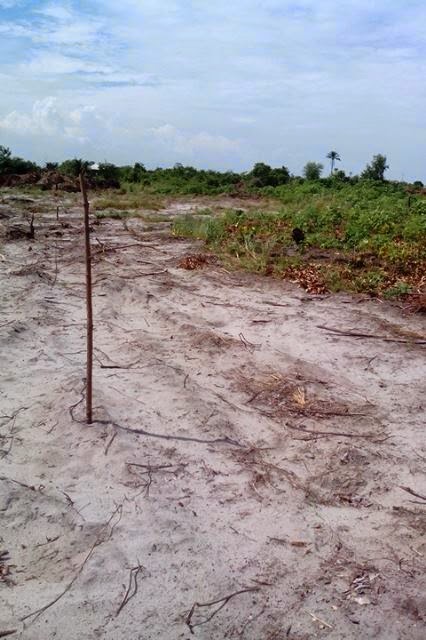Cement grade not responsible for building collapse - NSE
It is misleading, erroneous and fallacious to say that cement grade is a prime causative factor for the incessant collapse of buildings in the country, the Nigerian Society of Engineers has said.
According to the NSE, the misappropriation or inappropriate application of cement in the production of concrete can be a plausible cause of building collapse, but not the grade of the product.
The President, NSE, Mr. Ademola Olorunfemi, outlined the generally causes of building collapse to include design flaws, ageing, materials’ fatigue, extreme operational and environmental conditions, accidents, terrorist attacks and natural hazards.
He said, “A cursory look at the array of causes of building collapse peculiar to Nigeria will reveal that only two of the 15 causes are overtly or covertly related to the usage of construction materials.
“Now, a visit to the scene of any collapsed building will reveal rubbles of concrete structural elements and not cement of whatever grade.
“We will like to state unequivocally that it is misleading, erroneous and fallacious to assert that cement grade is a prime causative factor in the incessant collapse of buildings in Nigeria, when in fact there is no experimental basis for such an assertion.”
Olorunfemi said buildings were usually constructed to serve defined purposes and designed to avoid collapse under service loads, and to withstand some levels of unforeseen loads.
He noted that in recent times, a barrage of articles had appeared in the media on issues pertaining to cement grades and their contributions or otherwise to incessant building collapse in the country.
“Today in Nigeria, empirically or experimentally, there is no data on the correlation between concrete strength and the strength of the various grades of cement available in the market,” he said.
Speaking on the different grades, the NSE president said there were three strength classes of Portland cement — 32.5, 42.5 and 52.5 based on the minimum 28-day mortar prime strength.
“By this, we mean that the minimum comprehensive strength of cement mortar on the 28th day after pouring corresponds to the grade of that cement.
“It is noteworthy that the grade of cement corresponds to the minimum comprehensive strength of cement mortar at 28 days and not the strength of concrete at 28 days,” Olorunfemi added.
He said each cement type or grade had a specific role to play, stressing that the choice would depend on the nature of work to be done, method of construction and local environmental conditions, among other things.
The NSE president added, “Grade 32.5 cement is suitable for general paving and mass concreting, in addition to its use in sundry masonry works such as plastering/rendering, block moulding/setting and other light concrete works. It will meet the structural requirements of most small-scale consumers.
“Grade 42.5 cement is suitable for residential, commercial and industrial structures, including heavy concrete works such as heavy retaining walls, large piers and abutments, flyovers, and dams/marine constructions, among others.
“Grade 52.5 cement is used for projects where very high level of strength is needed, e.g. the construction of skyscrapers, bridges and heavy load bearing structures.”
Source: Punch Newspaper

Comments
Post a Comment